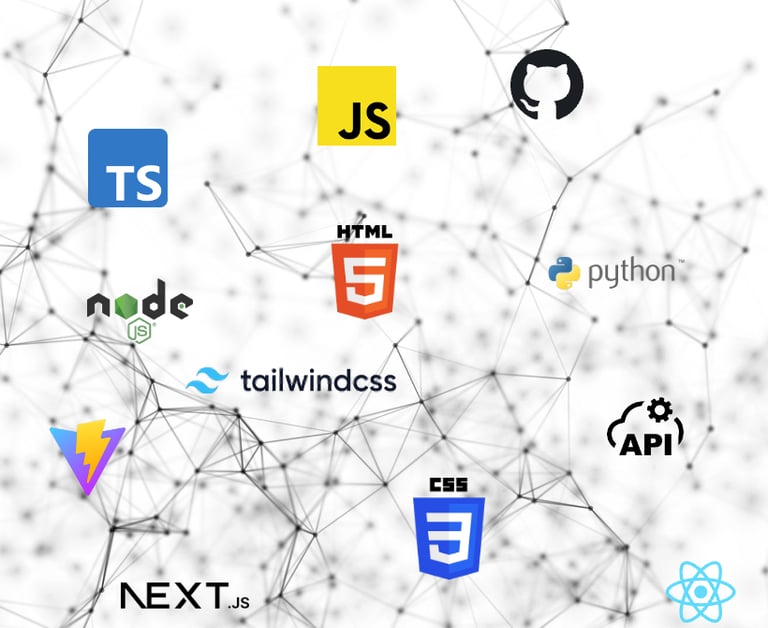
Building Blocks of Innovation
Each component designed to solve real-world challenges efficiently
The components are developed on modern full stack architecture around modularity, intelligence, and interoperability. It is designed to be AI-ready, cloud-native, and integration-capable, enabling rapid development, secure operations, and continuous scalability across digital platforms.
At the top, the experience layer manages user interaction through modular, component-based interfaces. It separates presentation from logic, ensuring agility and consistent behavior across web, mobile, and embedded environments. This decoupling allows interface updates without affecting core application logic.
Beneath it, the application layer handles business logic, workflows, and decision-making. It supports both real-time and asynchronous processing, enabling responsive performance under varying loads. The architecture allows AI and automation to be embedded directly into workflows, enriching processes without reengineering the system.


The integration layer connects all services and systems through standardized, secure APIs. It governs communication between internal components and external ecosystems, supporting multiple integration patterns such as request-response, event-driven, and streaming. This provides flexibility for enterprise interoperability and third-party extension.
At its core, the data and intelligence layer manages structured and unstructured data under unified governance. Data pipelines handle ingestion, transformation, and validation, preparing information for analytics and machine learning. This layer forms the foundation for insight generation, predictive capabilities, and AI augmentation.
Supporting everything is the infrastructure and DevOps layer, which provides automated deployment, scaling, and monitoring. It ensures resilience, observability, and continuous delivery through programmable environments. Security, compliance, and performance management are embedded into its operational model.
Together, these layers form an adaptive, secure, and intelligent architecture — one capable of integrating emerging technologies while maintaining enterprise-grade stability. It is a platform built not just for current workloads, but for continuous evolution toward an AI-driven future.







